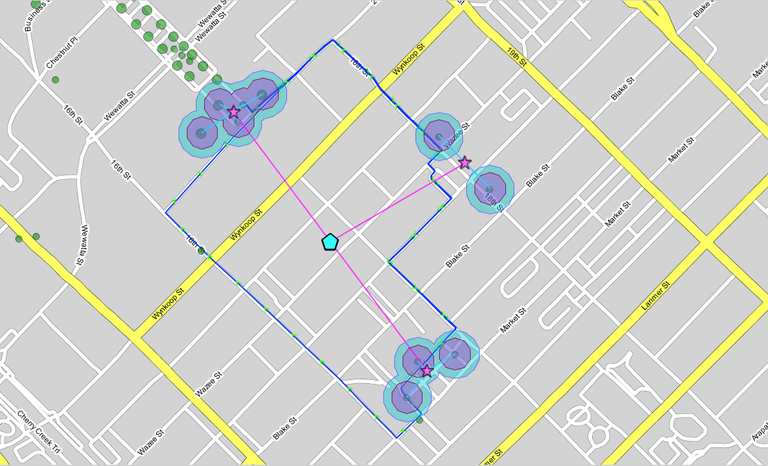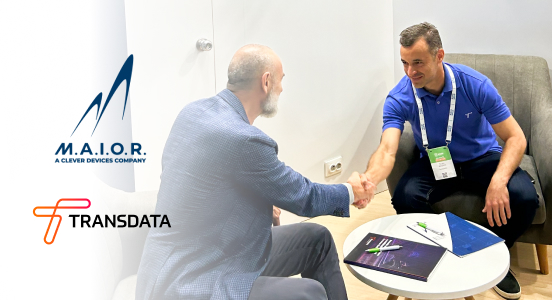Planning Protected Passenger Transfers with the MAIOR Suite
Journey connections take place when two generic modes of transport synchronize their schedules to allow passengers to go from point A to point B using different means. More in detail, trip connections can be seen as the correspondence between the arrival of a means of transport and the departure of another, for the continuation of a journey.
Trip connections can occur both between vehicles of the same mode of transport, e.g. between a journey of line 1 and a journey of line 3 of a bus public transport service, and between vehicles of different modes, e.g. between the arrival of a train and the departure of a bus.
“A journey connection occurs when two vehicles, such as buses, streetcars, subways or trains, meet at a certain point in the transportation network, such as train stations or bus stops, and allow passengers to get off one vehicle and onto the other.” – Francesco Giannelli, member of the Research & Development group at M.A.I.O.R.
In order to manage these connections for public transportation passengers, it is necessary to take into consideration not only the timetables and the network of the various transport services that you want to connect but the structure of the area, including the footpaths between the various points of the network. In fact, it is fundamental to know how one can move on foot between the stops of the various modes of transport (train station, bus stop, metro station, etc.).
An example of a simple trip connection could be the one that takes place in a suburban bus stop where a bus of the main bus line arrives and from which, 10 minutes later but from the same bus stop, a bus of a secondary line of the same operator passes, taking the user to his destination.
A slightly more complex example could be that of a bus station where the user arrives with the bus of one operator and moves on foot inside the bus station to reach a different stall from which he will take a bus of a different operator. In this case, the time needed to walk the distance between the arrival and departure points must also be considered in the connection.

Finally, as an even more complex example, we could imagine a large metro station such as Milan’s central station, where, in a small area, even on different physical levels, we find stops for regional trains, high-speed trains, buses, and the metro. In this case, the connection is even more complicated because it may involve the use of treadmills, elevators, or even leaving the station structure to go to the squares in front and take a bus.
The MAIOR Transit Scheduling Suite allows you to manage all types of connections, from the simplest to the most complex. For example, the stations in the last example are defined through a concept of “stop zones”, the areas that make up the station, such as high-speed platforms, subway platforms, or bus stands are defined through “stop areas”, while the paths that connect the train platforms or bus stops are defined by the “footpaths” mentioned earlier.


